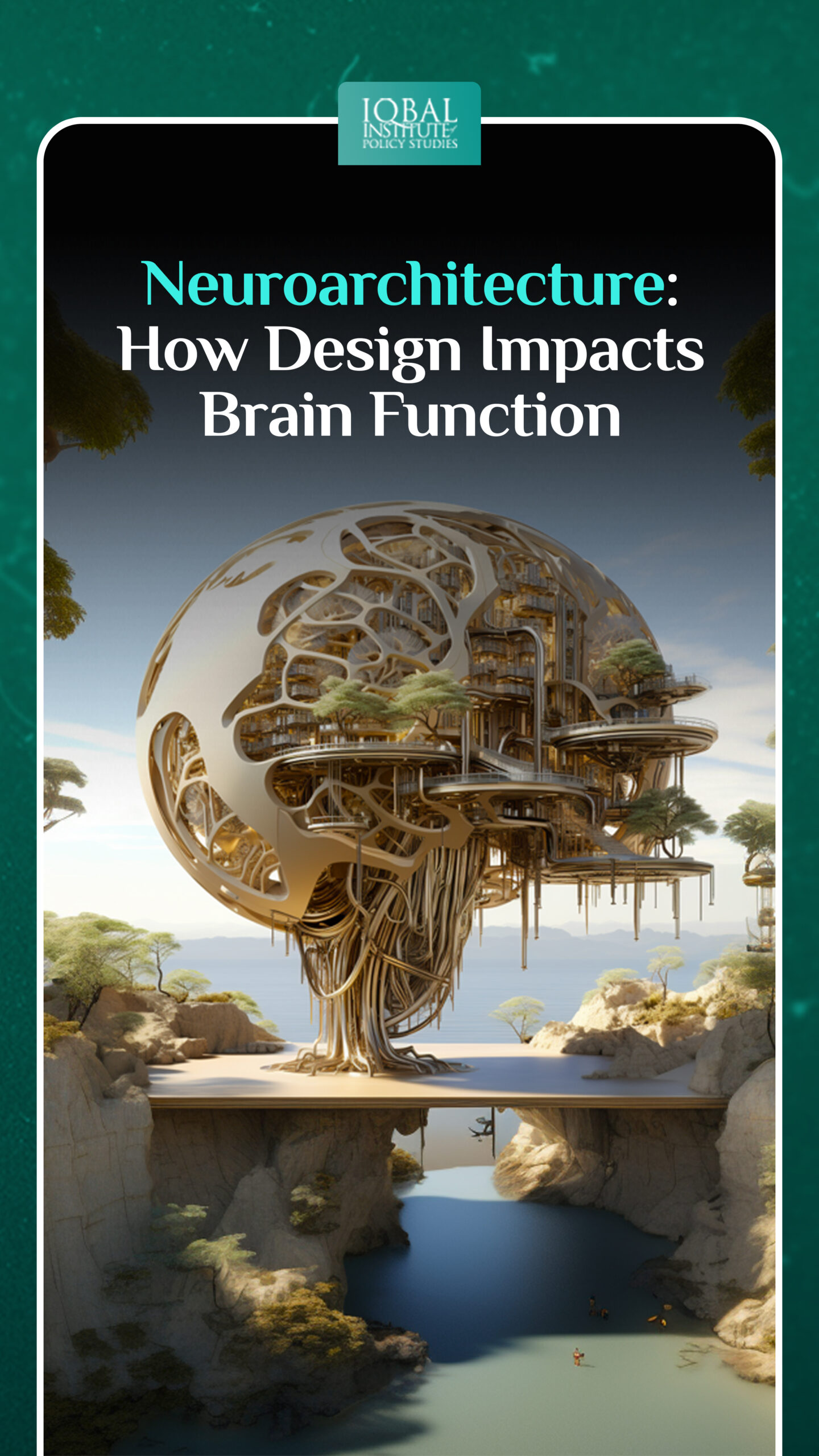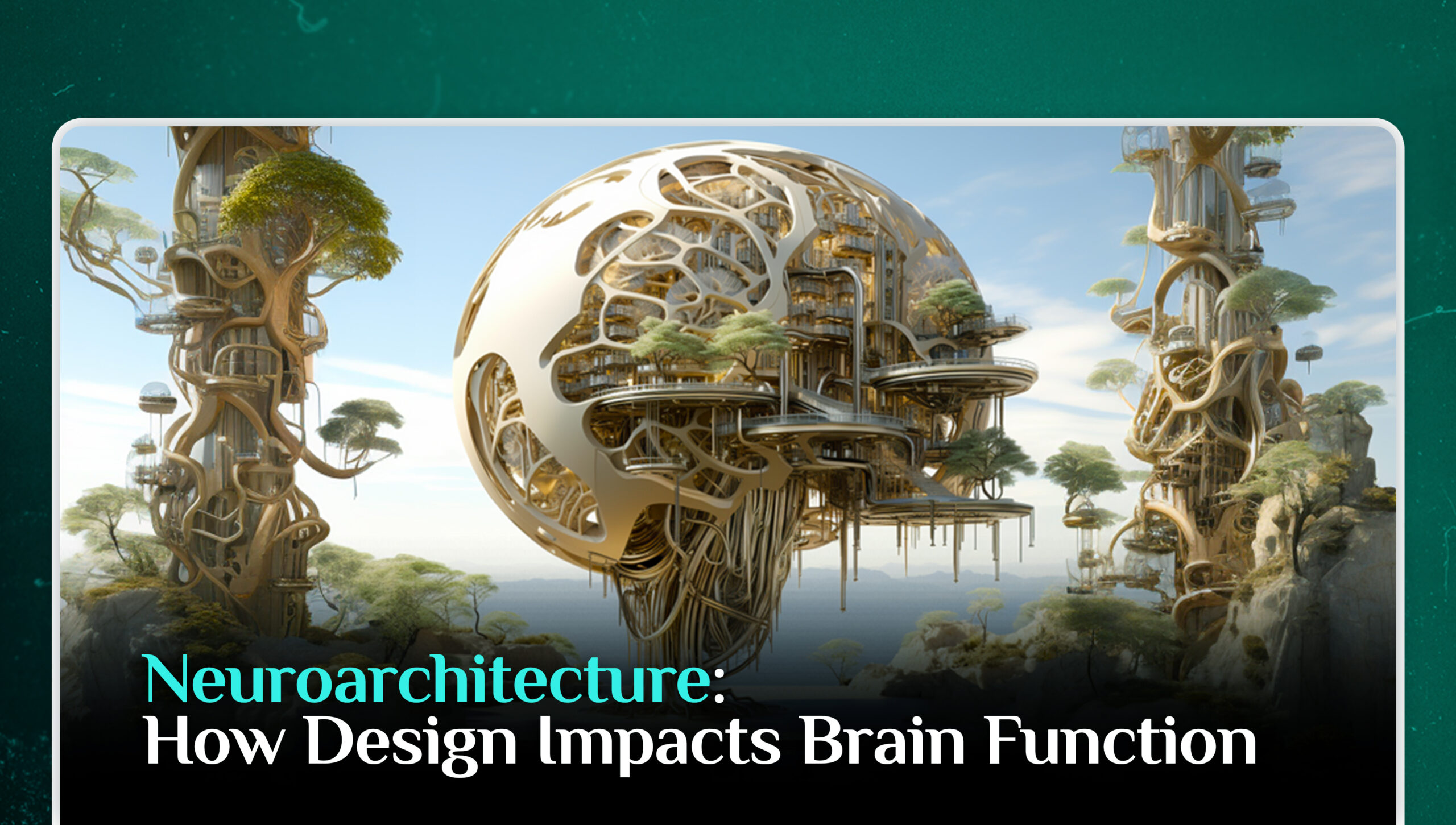In the ever-evolving exploration of the mind and its relationship with the environment, the intersection of neuroscience and architecture has given rise to a fascinating field known as neuroarchitecture. This groundbreaking discipline seeks to understand how design elements, spatial configurations, and sensory stimuli impact brain function and, consequently, our cognitive, emotional, and physiological responses. In this extensive exploration, we delve into the intricate dance between design and brain function, exploring how the spaces we inhabit shape the very fabric of our minds.
The Neurobiology of Space
At its core, neuroarchitecture examines the neural processes that occur when we interact with our surroundings. From the visual perception of architectural forms to the emotional response triggered by spatial layouts, every aspect of design elicits a cascade of neural activity. Researchers in this field use advanced imaging techniques, such as fMRI and EEG, to uncover the neural signatures associated with different design elements.
The Influence of Spatial Layouts on Cognition
Spatial layouts wield a profound influence on cognitive processes. Open, expansive spaces with ample natural light have been linked to enhanced creativity and problem-solving abilities. On the other hand, more enclosed environments can promote focused attention and a sense of security. Neuroarchitecture seeks to unravel the neural mechanisms underlying these cognitive responses, providing insights for optimizing spaces for specific tasks.
Light, Color, and Mood
The interplay of light and color within a space has a direct impact on our emotional states. Natural light, with its dynamic qualities, regulates circadian rhythms, influencing sleep-wake cycles and overall well-being. Colors, carefully chosen and strategically applied, evoke specific emotions. For example, warm tones like reds and oranges can stimulate energy and passion, while cool blues and greens promote calmness and tranquility.
Environmental Stressors and the Brain
Incorporating principles from environmental psychology, neuroarchitecture explores how design can either mitigate or exacerbate stress. Factors such as noise levels, air quality, and the presence of greenery can significantly impact stress responses. Understanding these influences enables architects and designers to create environments that foster relaxation, focus, and overall mental well-being.
Biophilic Design: Nurturing the Brain with Nature
Biophilic design, a key component of neuroarchitecture, emphasizes the integration of natural elements into built environments. Studies suggest that exposure to nature, even in the form of indoor plants or nature-inspired patterns, can reduce stress, improve mood, and enhance cognitive performance. The incorporation of biophilic elements aims to create spaces that align with our evolutionary connection to the natural world.
Cultural Influences on Cognitive Processes
Neuroarchitecture recognizes the cultural dimensions of design and their impact on cognitive processes. Different cultures may respond uniquely to certain design elements based on their historical, social, and perceptual contexts. By considering cultural nuances, architects can create spaces that resonate with the cognitive preferences of diverse populations.
Wayfinding and Spatial Memory
Effective wayfinding, or the ability to navigate a space, is intricately linked to spatial memory and cognitive function. Neuroarchitecture explores how elements such as clear signage, distinct landmarks, and spatial coherence contribute to a person’s ability to navigate and remember a space. Optimizing these elements enhances user experience and reduces cognitive load.
The Impact on Creativity and Innovation
Neuroarchitecture has significant implications for fostering creativity and innovation. Environments that support divergent thinking, collaboration, and a sense of psychological safety can stimulate creative processes. By understanding the neural underpinnings of creative thinking, designers can shape spaces that cultivate innovation and breakthrough ideas.
Conclusion
As we peer into the realms of neuroarchitecture, we uncover a profound understanding of the reciprocal relationship between design and the human brain. The spaces we inhabit are not merely physical constructs but dynamic landscapes that sculpt our neural pathways, influence our emotions, and shape our cognitive experiences. By embracing the principles of neuroarchitecture, architects and designers embark on a transformative journey—one where spaces become catalysts for well-being, creativity, and the harmonious dance between the mind and its environment. The exploration of neuroarchitecture continues to unveil the mysteries of this intricate relationship, offering a glimpse into the potential for spaces that not only accommodate human needs but elevate the very essence of human experience.
This article is written by Shahmeer Adnan. Shahmeer is a research analyst at the Iqbal Institute of Policy Studies (IIPS).



Leave a Reply